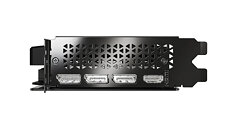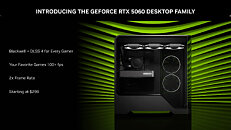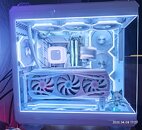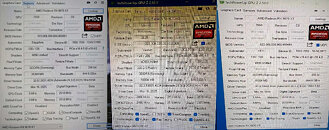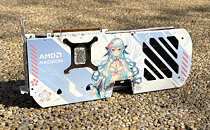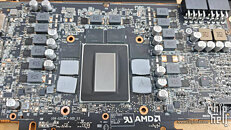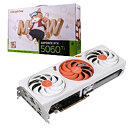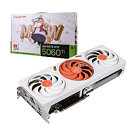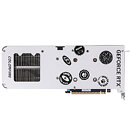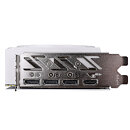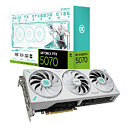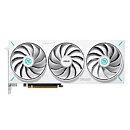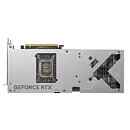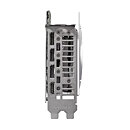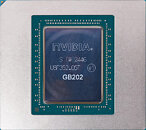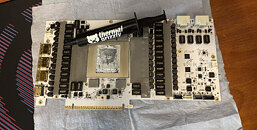
Intel Partner Prepares Dual Arc "Battlemage" B580 GPU with 48 GB of VRAM
If you recall NVIDIA's GTX TITAN Z GPU with two GPU dies and an impressive 6 GB of memory, it was a big deal at the time and quite an interesting engineering solution. Today, thanks to sources close to VideoCardz, we learn that Intel's Arc "Battlemage" B580 could get the next dual GPU, dual VRAM treatment. According to the source, an unnamed Intel add-in board partner is preparing to launch a GPU with two B580 dies and 48 GB of VRAM. This means that the 24 GB VRAM version of the Arc B580 we saw in EEC filings is basically confirmed, and that some models will be out for display very soon. While the BMG-G21 chip offers up to 20 Xe cores and 2,560 shader units, a dual BMG-G21 configuration will yield 40 Xe cores and 5,120 shader units working in tandem with 48 GB of VRAM.
Clearly, this model is mostly tailored to AI enthusiasts. No game (thankfully) requires 48 GB of VRAM for now, but it is still nonetheless an interesting solution to see. It has been a while since we got something like a TITAN Z, even in high-end form factors. There is a rumored Intel Arc PRO A60/B60 card carrying a B580 die with 24 GB of VRAM, tailored for local AI workloads and professional visualization. This GPU could be the base for the newly rumored dual B580, 48 GB SKU from an unnamed Intel AIB partner. We expect to hear more details at Computex, which is now just a week away!
Clearly, this model is mostly tailored to AI enthusiasts. No game (thankfully) requires 48 GB of VRAM for now, but it is still nonetheless an interesting solution to see. It has been a while since we got something like a TITAN Z, even in high-end form factors. There is a rumored Intel Arc PRO A60/B60 card carrying a B580 die with 24 GB of VRAM, tailored for local AI workloads and professional visualization. This GPU could be the base for the newly rumored dual B580, 48 GB SKU from an unnamed Intel AIB partner. We expect to hear more details at Computex, which is now just a week away!





















